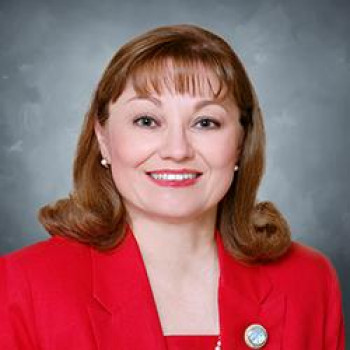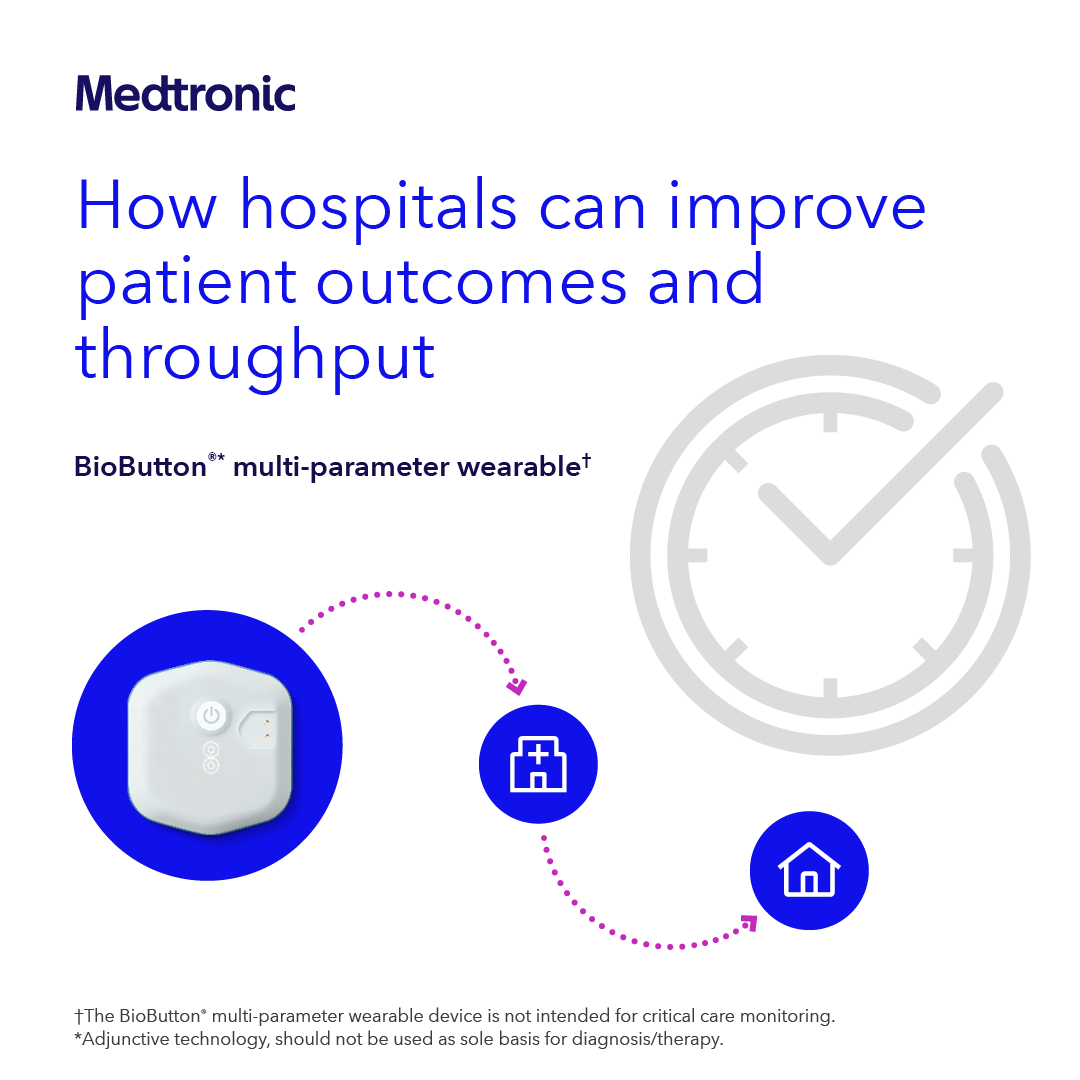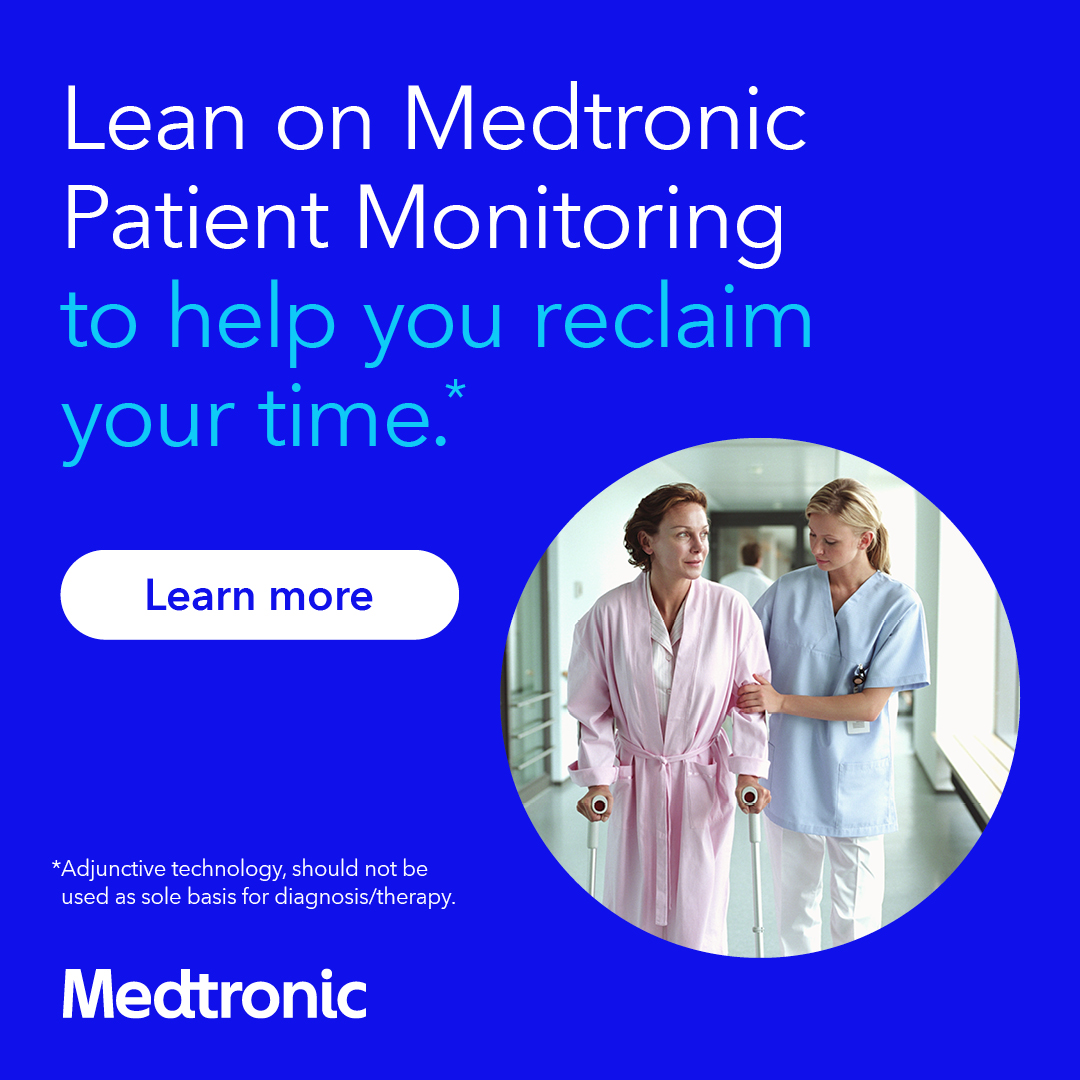AMSN Statement at The Future of Nursing Committee Public Meeting 2020-2030

PREPARED STATEMENT OF DR. LINDA YODER, PhD, MBA, RN, AOCN, FAAN ACADEMY OF MEDICAL-SURGICAL NURSES IMMEDIATE PAST PRESIDENT BEFORE THE NATIONAL ACADEMIES OF SCIENCE, ENGINEERING AND MEDICINE FUTURE OF NURSING 2020-2030 INAUGURAL PUBLIC PANEL WASHINGTON, DC ====
Co-chair Doctors Wakefield and Williams, members of the panel, colleagues:
I am Dr. Linda Yoder, immediate past president of the Academy of Medical-Surgical Nurses. Thank you for the opportunity to present on behalf of our AMSN President Robin Hertel and our members.
Medical-surgical nurses are the ones who provide care for you and your loved ones in the hospital. Our practice is the largest specialty in nursing, consisting of an estimated 650-thousand professionals.
Medical-surgical nursing is the foundation of all hospital and community nursing practice.
A system provides the outcomes it was designed for - and we have a flawed system! In the United States, we have miraculous innovations and outstanding care for some. Yet, a woman is three times as likely to suffer maternal complications or death if she’s black. Our health sector costs two to three times that found in other industrialized nations, but we’re not living twice as long or as well.
90 percent of a person’s health is the result of social determinants and heredity. Yet, as a nation, we annually spend nearly 4 trillion dollars on health care interventions that impact only 10 percent of our health.
Through focused attention and action addressing social determinants of health and the factors driving health disparities, this Committee can draw a path to a healthier American future, one where all our people live fuller, stronger lives, and where nurses are prepared to serve, innovate and lead the way.
We know the barriers to this future.
We may have the most dynamic and productive economy the world has known. But failures of imagination and policy keep this economically strong nation unhealthy.
Our systems for financing health care pay for sickness not health, for procedures not outcomes. In doing so they warp the delivery of care against the people paying the highest social prices for it.
Among the people paying a high price: people of color. Women. People who are economically poor. And people with multiple health conditions incurring unimaginable costs for uncoordinated care.
Rural America is paying a high price and their hospitals are closing.
I served in the Army 28 years and can state with authority my fellow Veterans pay a high price. Most Veterans do not receive their care in VA hospitals and civilian professionals do not always appreciate Veterans’ unique health care needs.
In America, we also pay a high price in health for failures in technological innovation and integration.
Often nurses and other professionals do not get the patient data they need to make the right decisions every time. And rarely is the patient’s health information smoothly communicated to their next step in care.
A new proposed regulation on health IT interoperability shows promise, though it’s 20-19 and it should have been done already.
In America, discontent drives creativity. That gives me hope.
For example, Del Valle, Texas, is a food and health care desert where there is no hospital. Nurses from the University of Texas at Austin, working with the local fire department, have made the Del Valle firehouse the people’s health clinic. Health care is being brought to people where they are and we witness their health improving.
In low-resource countries, nurses have developed systems supporting new mothers. Teams of nurses educate lay health workers to come alongside new mothers for practical training and to teach them how to care for their babies when they go home.
With such models, they’re improving lives and communities from birth onward. In these new models and more, medical-surgical nurses work from the front lines to serve populations lacking health and health care. They collaborate with patients one-on-one to find solutions that work.
So our counsel to this panel is to plant practical guidance that everyone in the health sector can act upon, from patients to professionals, to facilities, systems, plans, industry, and governments.
To the extent that health financing and policy are barriers to health and health care delivery, recommend transforming the health care payment system so that nurses are not only a cost but a source of revenue and a resource for solving community health needs. Paying for outcomes and value and ending laws that keep nurses from practicing to the extent they are educated, can improve care and address challenges in nurse staffing.
To the extent information technology has underperformed in health, drive industry to spur innovation alongside the nurses delivering the care.
Because health care resources are focused on the sickness challenge and not on building a culture of health, we must make clear a path for nurses to drive elimination of health disparities and improve social determinants of health through changes in reimbursement policies.
Thank you.



